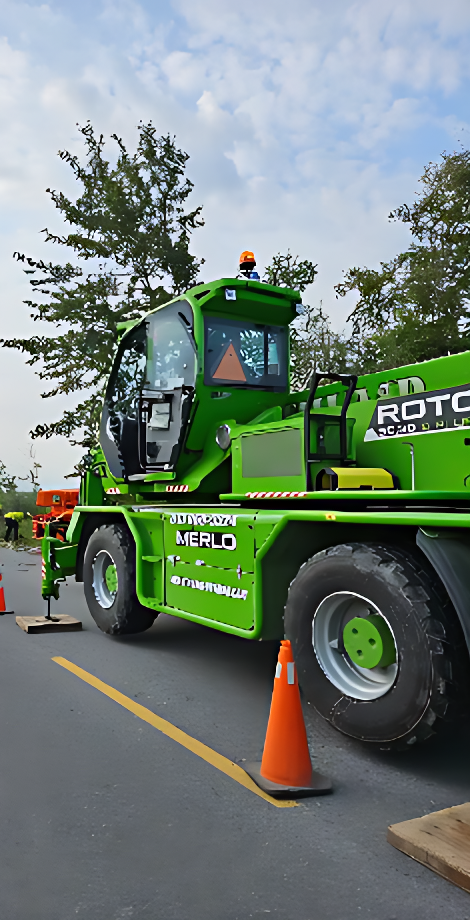Oak Wilt
Oak Wilt
Oak Wilt represents a significant fungal disease that affects oak trees, specifically in North America (it is replicating and increasing in parts of Ontario, including Eastern Ontario). The disease is caused by the fungus Bretziella fagacearum, which engulfs the vascular system of oaks, obstructing water and nutrient transport. The disease is spreadable, can infect trees in neighborhoods quickly; this means oak wilt can be highly infectious, being highly spreadable, especially when many oak trees are in a specific area or neighborhood.

How Oak Wilt Presents
Tree Symptoms
Initial Symptoms :-
- Rapid Die-off: As the disease progresses, the affected leaves may curl, become brown and crispy, and fall off too early, which is most common in the upper parts of the tree. In severe cases, entire branches, or even entire trees, may die within weeks or months.
- Red and White Oaks: There is a different pattern of response to oak wilt between red and white oak species:
- Red Oaks (e.g., Northern Red Oak, Pin Oak) will show more tree death, with typically rapid defoliation.
- White Oaks (e.g., White Oak, Bur Oak) will show some predictability, but often will slowly die within weeks or months.
- Fungal Mats: The fungal mats (or spore pads) may develop under the bark of the tree (at the base of the trunk) in late summer. When formed, the fungal mats release spores that will be spread primarily by sap-feeding beetles.
Methods of Transmission of Oak Wilt :
- Root Grafting: The roots of trees growing close enough together can graft together, which can cause the disease to spread. When this happens, the fungus can be spread in the interconnected roots. If one oak tree were diseased, the shared root system could spread it to other neighboring trees.
- Beetles: Sap-feeding beetles, such as picnic beetles, feeding on injured trees and/or freshly cut trees can take the fungal spores from infected trees and drop them on a healthy tree, thus continuing the disease cycle.
How to Treat Oak Wilt
- Removing Infected Tree: If trees are confirmed as having oak wilt, cut and dispose of the tree in the soonest possible timeframe. This will limit the spread of the disease. Be sure that the tree is destroyed (burning or chipping/combining methods are suggested).
- Pruning of Trees: Pruning for all oak trees should occur in the winter (November – February) months because the beetles are not active. If a tree has to be pruned during the growing season, be sure it is immediately sealed and there is no access for the beetles to the tree.
- Fungicide Treatments: Fungicides can sometimes be applied to healthy trees located near oak wilt-infected trees. Like with other treatments, they are normally going to be more effective when used preventively than once oak wilt has been initiated with confirmed symptoms. An Arborist can inject the fungicide into the tree to assist with protecting the tree.
- Disruption of Root Grafting: If the trees are close to each other, and the roots are connected, an arborist can make a trench between the trees to break root connections and obstruct the spread of oak wilt through the root system.
How to Prevent Oak Wilt
- Avoid Wounding Trees: Oak wilt is a spreadable disease that requires wounds to infect healthy trees, so it’s best to avoid cutting, pruning, or wounding your oak trees during the growing season (April to October). If you have to prune your trees, you should always try to do so during the dormant season (fall to early spring) and use a tree wound sealant on any cuts.
- Submit Fungicide to Prevent Oak Wilt: Fungicides can be a good preventative if your trees are at high risk, for example, if they are close to infected trees, or in an area with high prevalence of oak wilt. Arborists can inject fungicides into the trees to help them ward off this disease.
- Do Not Spread the Disease to Other Areas or Neighborhoods: If you know of oak wilt in your area, you should not take firewood, logs, or branches (ash from dead oak trees) and transport that material to other areas. By taking infected items to new places, you can spread the disease, and it is best to just leave the infected items alone.
- Remove Infected Trees: As mentioned above, this is a very important thing to do ASAP Remove the infected trees in your area so that you do not infect nearby healthy trees. The best suggestion is that if your trees that you have are very close to each other, do the first thing you can think of to kill the infected tree.
- Conclusion: Oak wilt is a serious and aggressive disease that can destroy oak trees, particularly in areas with many oaks. That makes it more important to take preventive measures to keep trees healthy and less vulnerable to infection. Preventative measures include avoiding wounding trees, pruning at the optimal times, and managing the root systems of the trees. If oak wilt is suspected, it is important to work with a certified arborist to ensure the disease is correctly identified and treated.
